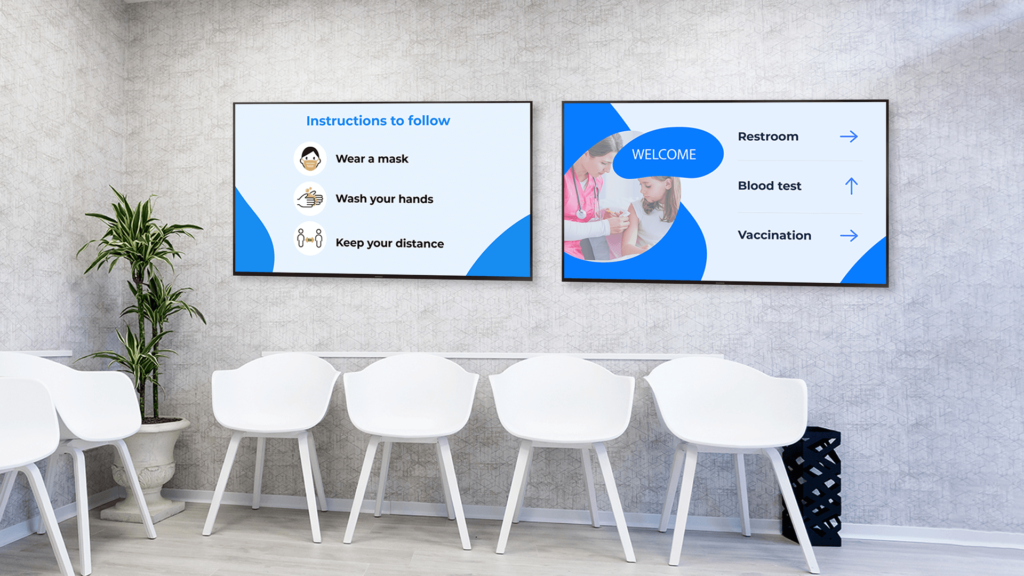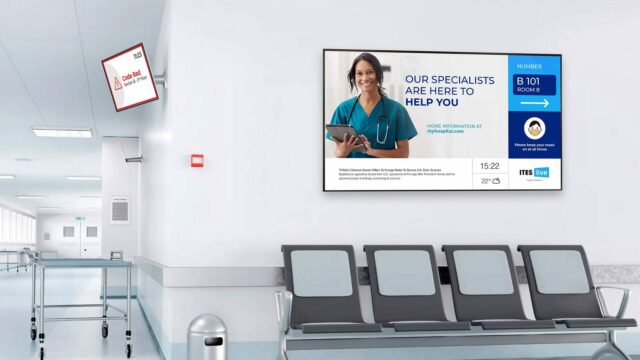Digital signage technology has revolutionized the way information is communicated in hospital settings. From wayfinding to patient education, digital signage offers numerous benefits that enhance the overall patient experience and improve operational efficiency. In this article, we will explore the tips and advantages of implementing digital signage in hospitals.
With its dynamic capabilities and versatility, digital signage can help hospitals streamline communication, provide real-time updates, and deliver engaging content to patients, staff, and visitors alike. Lets delve into how this innovative technology can transform the healthcare environment for the better.
Design an effective content strategy

When developing a content strategy for implementing digital signage in hospital settings, it is essential to consider the diverse needs and preferences of both patients and healthcare professionals.
Tailoring the content to address specific medical information, wayfinding assistance, and promotional messages can help create a more engaging and informative experience for all. Utilizing a mix of visually appealing graphics, informative text, and interactive features can keep the content fresh and engaging.
Additionally, incorporating real-time updates on wait times, appointment reminders, and health education materials can help improve the overall patient experience and satisfaction. By analyzing the target audience and their specific needs, a well-designed content strategy can enhance communication, provide valuable information, and ultimately improve the efficiency and effectiveness of digital signage in hospital settings.
Choose the right hardware and software

Choosing the right hardware and software for implementing digital signage in hospital settings is essential for a successful deployment. It is important to consider factors such as the size and layout of the hospital, the specific goals of the digital signage project, and the technical capabilities of the hardware and software being used.
For hardware, hospitals may opt for interactive touch screens, video walls, or LED displays, depending on their needs. Software options can range from simple content management systems to more advanced platforms with data integration and analytics capabilities.
By selecting the right hardware and software, hospitals can effectively communicate important information to patients, visitors, and staff, improving overall communication and enhancing the patient experience.
Train staff on how to use and manage the digital signage

To effectively utilize digital signage in hospital settings, it is important to train staff on how to use and manage the technology. Providing comprehensive training will ensure that employees are equipped with the necessary knowledge and skills to operate the digital signage system efficiently. By educating staff on the features and functions of the digital displays, they can effectively communicate crucial information to patients, visitors, and staff.
Training sessions should cover topics such as content creation, scheduling, troubleshooting, and emergency protocols. Additionally, ongoing refresher courses can help to keep staff up to date on any updates or changes to the system. Overall, investing in proper training for staff will maximize the benefits of implementing digital signage in hospital settings.
Conclusion
In conclusion, implementing digital signage in hospital settings offers numerous benefits that can greatly improve the overall patient experience and efficiency of operations. By utilizing digital signage, hospitals can enhance communication, increase engagement, and deliver important information more effectively to patients, visitors, and staff.
The dynamic and interactive nature of digital signage allows for real-time updates and customization, making it a valuable tool for promoting wellness, providing directions, and reducing perceived wait times. Overall, the implementation of digital signage in hospitals not only enhances the environment but also contributes to a more modern and patient-centered approach to healthcare delivery.




